‘Dead Man’s Corner’ German Fallschirmjäger Museum – Normandy

The Dead Man’s Corner Museum, at the 1944 HQ of Germany’s 6th Fallschirmjäger Regiment, showcases the German paratroopers role in defending Normandy during WWII.

Dead Man’s Corner
Situated at a strategic intersection on the route to Carentan, Dead Man’s Corner takes its name from the name given to the crossroads after the first US tank to reach this point was knocked out by a Panzerfaust fired by 19 year-old German paratrooper, Bruno Hinz in the early morning of 7 June 1944. Hinz’s Panzerfaust hit the rear side of the turret killing all four crew members immediately. The crew commander, Lt. Walter T. Anderson, who was standing upright in the hatch fell forward and was left slumped over the turret where he remained for several days until his body could be recovered. The Germans had previously removed all the road signs to confuse any advancing troops and so the intersection was referred to as “the corner with the dead man on the tank” but was soon shortened to “dead man’s corner”. Lt Anderson who served with the 80th Tank Battalion, is buried in the St Laurent cemetery.
Overlooking the intersection is the building which has remained little changed since 1944 and is now the home to the Dead Man’s Corner Museum. At the time of the invasion it was used as the Regimental Command Post and first aid station for the paras of the German Fallschirmjäger Regiment 6 commanded by Major Friederich-August von der Heydte.



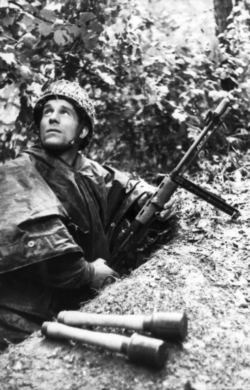
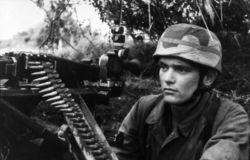
The Museum
Dead Man’s Corner, which is co-located with the excellent D-Day Experience, concentrates on the German paras as seen through the eyes of Major von der Heydte. Upon entering the museum, the visitor is thrown into his chaotic command post exactly as it would have appeared on the morning of the 6th of June 1944. Co-curator, Emmanuel Allain explained that when setting up the museum they spoke to the grandson of the Marie family who owned the house and had lived there in 1944. With his help they recreated the rooms as they were at the time, including details such as the family portraits, damaged painting, grandfather clock and other specific furniture.

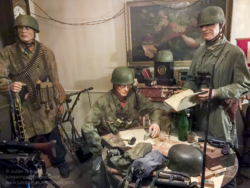
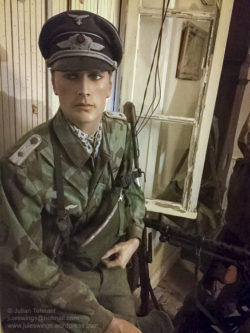
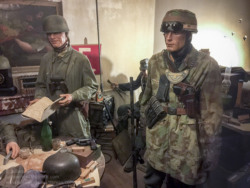
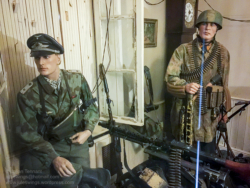

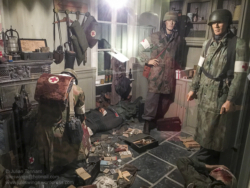
The Marie family left the house at noon when the kitchen (the second room display) was commandeered as a first aid post to supplement the main aid station downstairs in the basement and the rooms are a faithful reproduction of what they looked like at that time. The attention to detail is such that many of the faces of the mannequins on display were modeled on participants who were present at the time. To say it is an impressive setup would be an understatement, as an airborne collector who has had a fascination with the German paras since I was a boy, I was overwhelmed by the number of Fallschirmjäger artifacts on display. Upstairs the exhibits include even more German para uniforms, helmets, insignia and equipment but also some of the other German units plus several American objects, many of which have been donated by veterans of the battle.

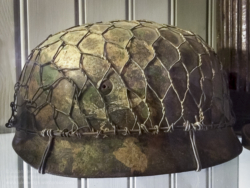
‘Paratrooper‘ shop
Returning downstairs and adjoining the museum, is Paratrooper, a shop almost as large as the museum itself which sells both authentic and reproduction militaria. The shop is really impressive, although I must admit that I found some of the prices for the original pieces to be more expensive than what collectors would usually expect to pay. Fortunately, I did not find any insignia that I ‘had to have’ for my collection as I had already picked up some quite rare badges in Paris a few days before, but I was tempted.

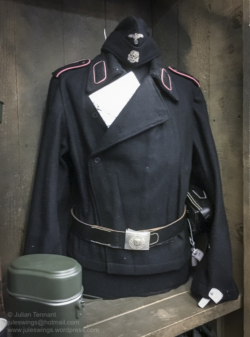
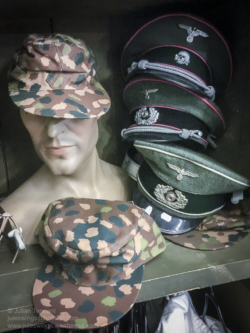
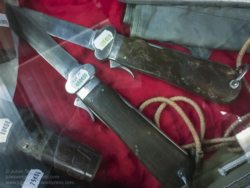
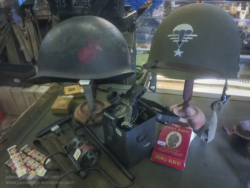
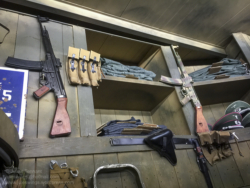
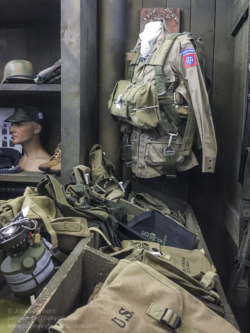
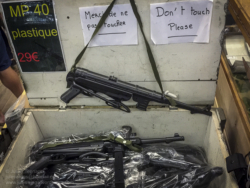
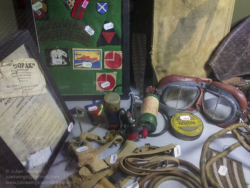
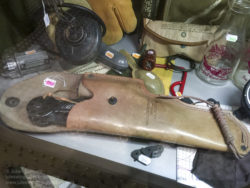
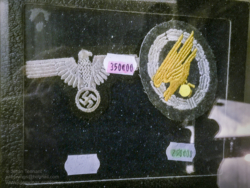
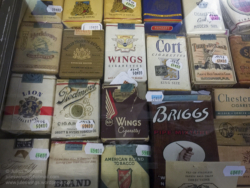
Visitor Information:
Dead Man’s Corner
3 Vierge de l’Amont
50500 Carentan les Marais
France
Website: www.dday-experience.com/en/discover-d-day-experience/dead-mans-corner-museum/
Email: contact@dday-experience.com
Phone: +33 (0)2 3323 6195
Open: Every day. From October to March, the museum is open from 10h00 till 18h00 (the ticket office closes at 17h00). From April to September, the museum is open from 9h30 till 19h00.
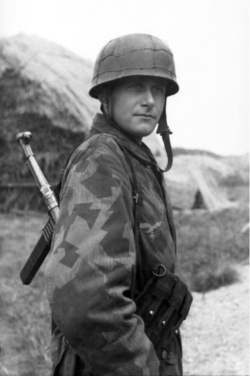
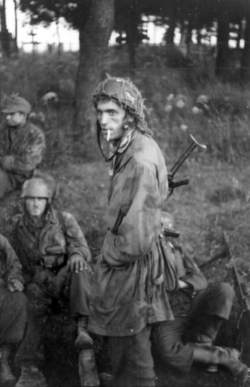
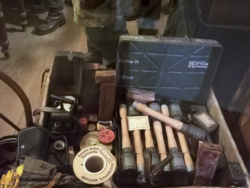
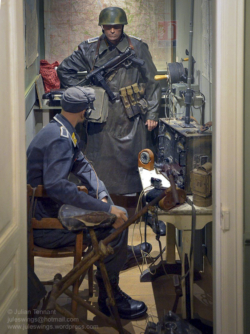
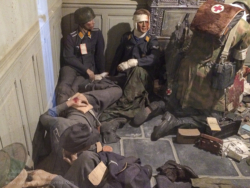
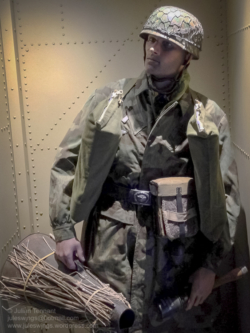
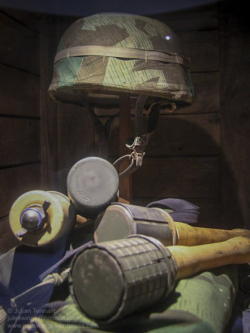

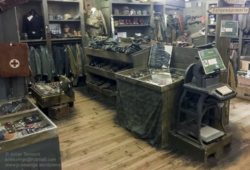
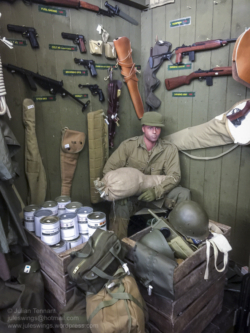
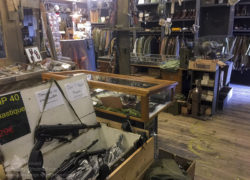
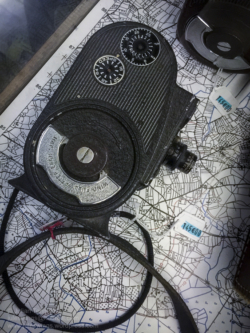
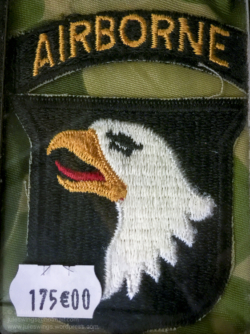
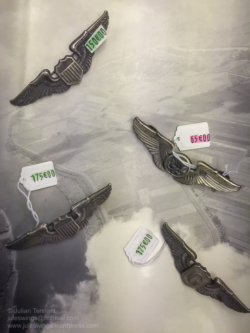
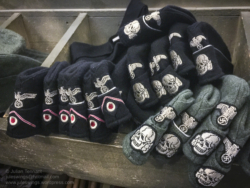








3 Comments
Comments are closed.